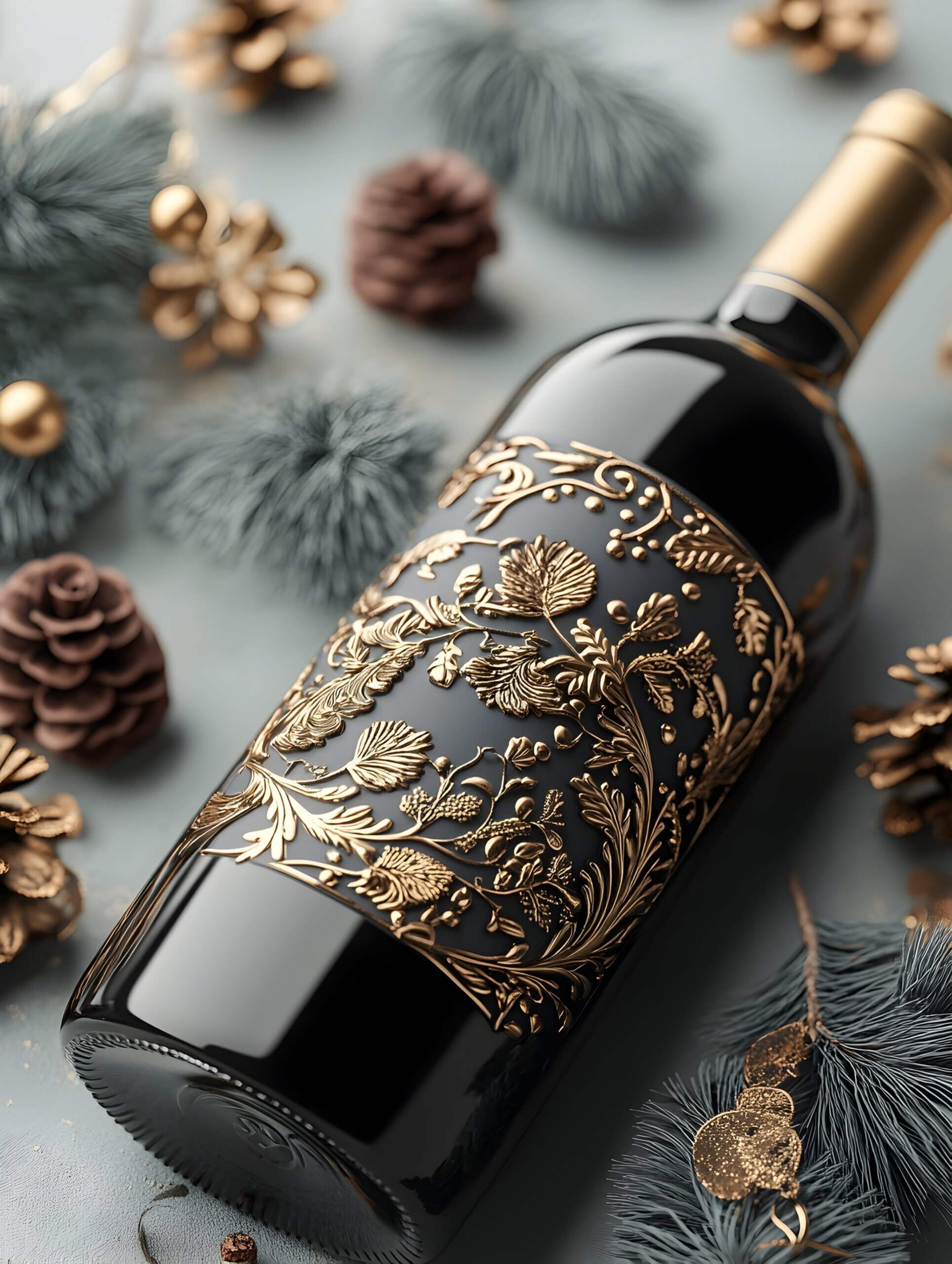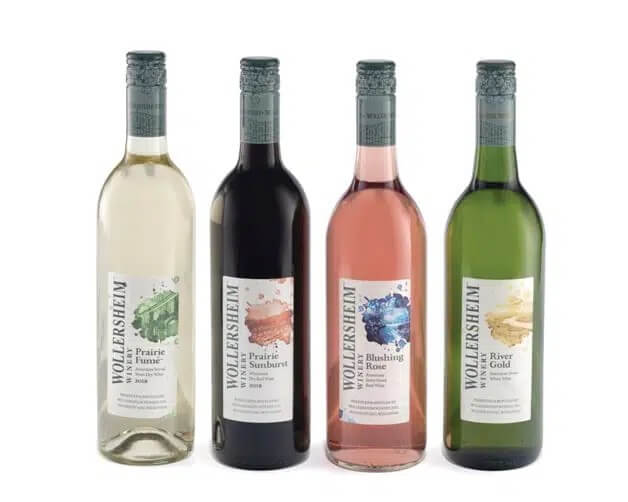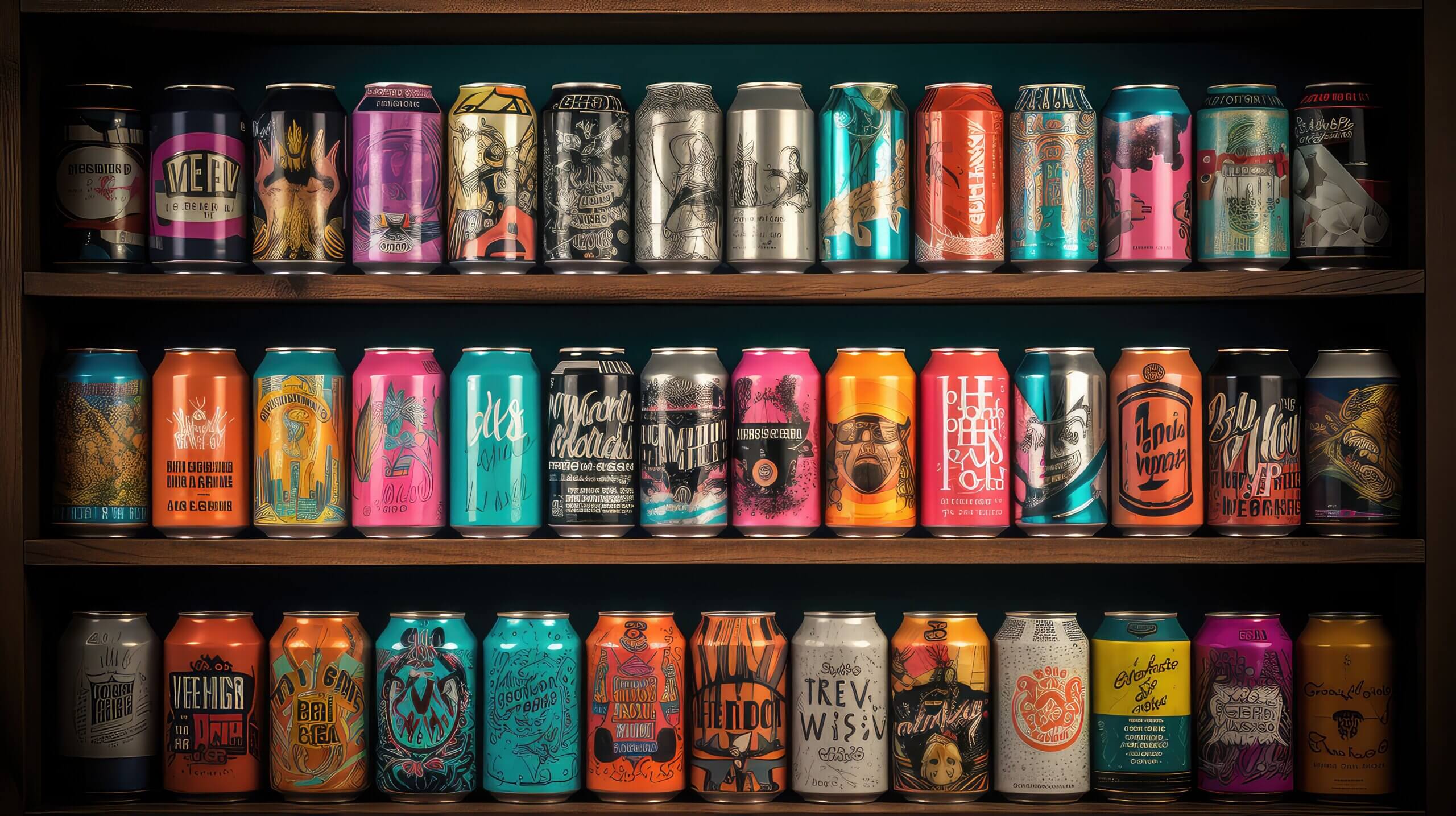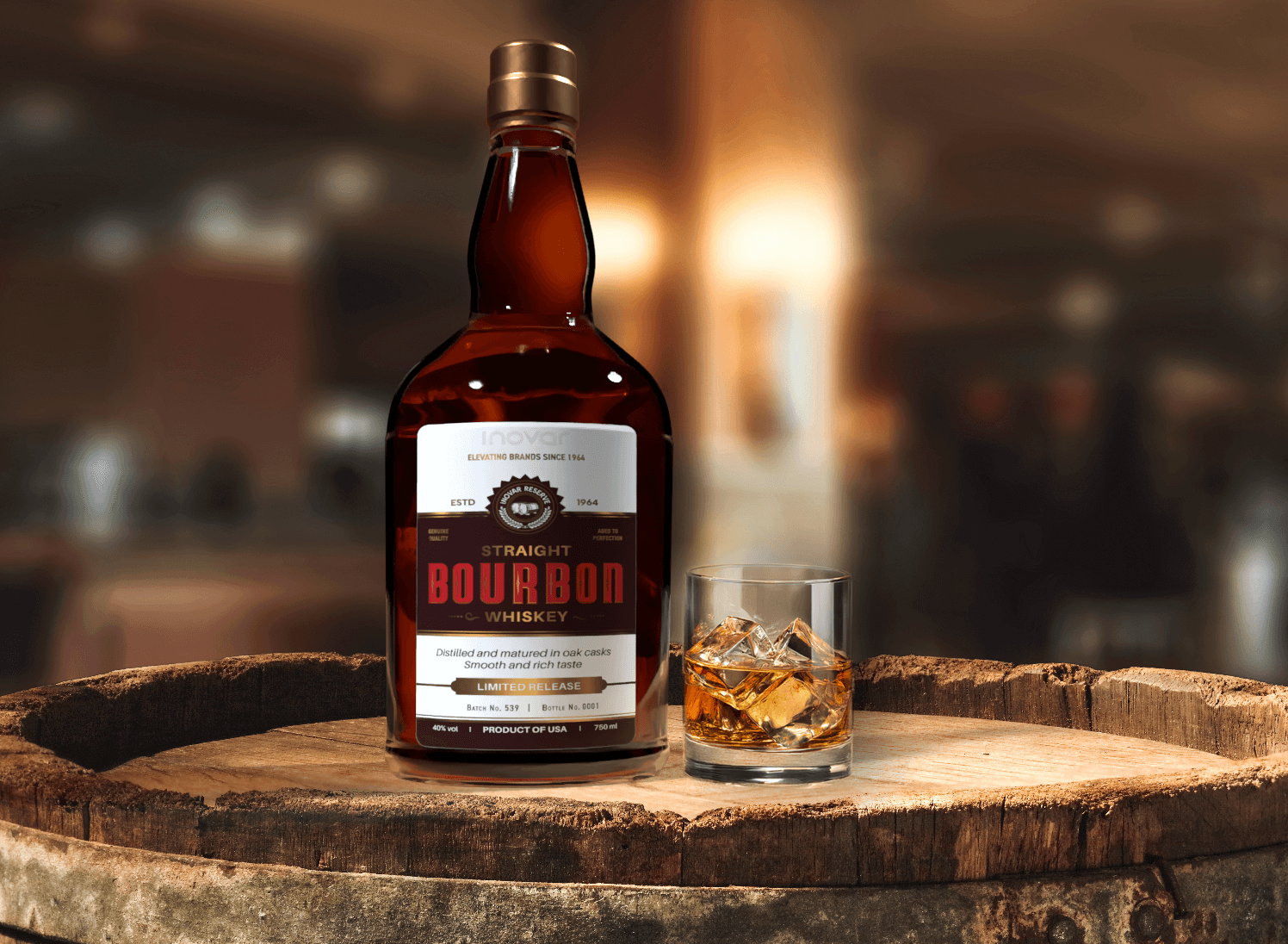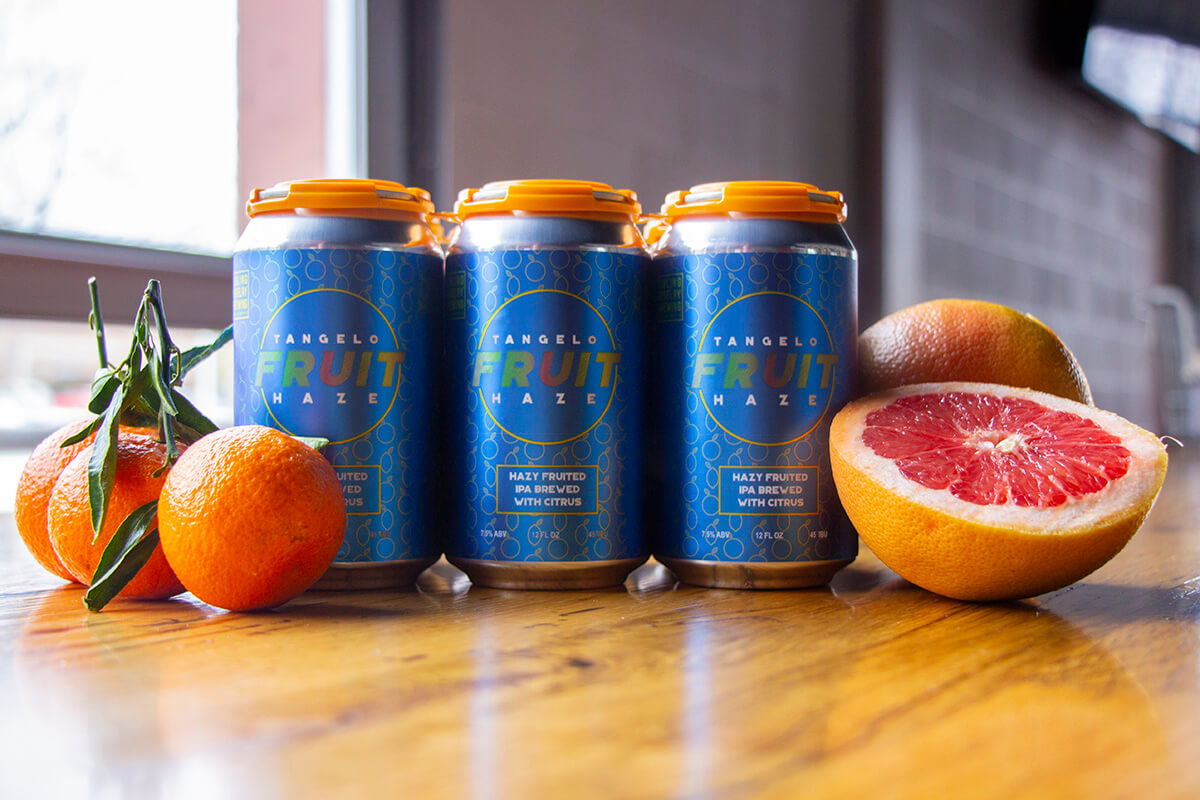4 Factors That Make or Break Distillery Labels
Distilleries have been around for thousands of years, and so have distillery labels for identifying the liquors they produce. When an antique bottle of liquor is discovered today, it’s label is typically in bad shape — and, often times, the label is missing.
How some liquors are distilled has remained remarkably the same over the centuries, but technology for distillery labels has increased significantly over the past few decades. Today, we know what separates a good label from a bad one by reviewing the four basic characteristics of the product, among others.
Product Longevity
Are you bottling a high-end drink that’s likely to be placed in a liquor cabinet and sipped slowly over the next year, or is your distillation a low-priced drink that’s likely to end up in a batch of frat party punch?
If your product tends to be savored instead of guzzled, it’s good to use distillery labels that have permanent adhesive, which helps keeps the label in place for the life of the product. Plus, the label is probably intertwined with branding, establishing part of the product’s aesthetic appeal. You want it to stay in place for that reason, too.
Storage Conditions
Some liquor aficionados quickly fill up a liquor cabinet and need some extra room. If their home has a cellar, newly purchased, high-end liquor is often placed in the subterranean space. It may also be placed in a temperature-controlled wine cabinet that doubles as a liquor repository.
Both options have one thing in common: They have a relatively high moisture density, which can wreak havoc on labels not made for the end conditions of storage. It’s important to work with your convertor on thinking the entire storage process all the way through.
Label Aesthetics
Your label can say a lot about the quality of your liquor. Ingredients and the aging process are two quality indicators, but so is your logo and associated images.
For example, if you’re distilling rum, do you really want the label to have a figure that impersonates Captain Morgan, as numerous other rum producers have done? If your concoction is an inexpensive “biggest bang for the buck” type of drink, maybe so. If not, don’t expect consumers to consider your distillation a true original if it doesn’t appear to be.
Label Information
There’s information you’re required to print on distillery labels by law, such as alcohol content, and information you can add to distinguish your liquor from others in the same group.
For example, it’s become popular for vodka to be differentiated by taste (grape, orange, marshmallow, etc.) in addition to brand. Similarly, the age of bourbon and taste notes of scotch are popular differentiators. Information used to distinguish your liquor in a positive light can help it sell — and, sometimes, a small distinguishment, such as a single, special ingredient, can seal the deal.
Contact Us Today
When it comes to marketing, sales, and the consumer experience, the characteristics of the distillery labels you use can make a big difference in more ways than one. To get started on creating the perfect labels for your liquors, call Flexo-Graphics today at (262) 790-2740, or send us an email through our contact form. We look forward to helping you achieve perfect labels!
THE LATEST FROM INOVAR
WE'RE HERE TO SERVE YOU
Creating and producing labels can be overwhelming, but our experts are here to guide you every step of the way. Whether you have a project ready to go, have questions about label applications or materials, or want to learn more about our services, our team is ready to assist you.
